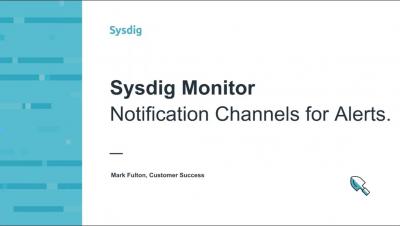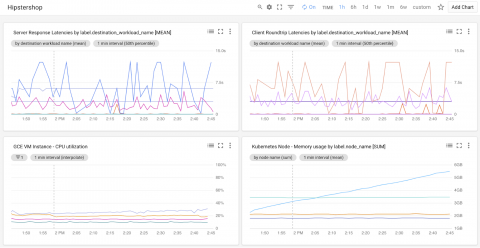Operations | Monitoring | ITSM | DevOps | Cloud
Containers
The latest News and Information on Containers, Kubernetes, Docker and related technologies.
Sysdig Monitor: Notification Channels for Alerts
Sysdig Monitor: Creating Alerts from Panels
Sysdig Monitor: Creating Alerts from Events
Sysdig Monitor: Creating Alerts from scratch
Sysdig Monitor: Time & Group Aggregation
A Comparison of VMware and Docker
Servers are expensive. And in single-application installations, most servers spend the majority of their time waiting. Making the most of these expensive assets led to virtualization, and making the most of virtualization has led to multiple options for virtualizing applications. VMware and Docker offer competing methods for virtualizing applications. Both technologies work to make the most of limited hardware resources, but they do so in significantly different ways.
ContainerD meets Sysdig
Containers are fast becoming the defacto standard as a building block for creating and deploying applications. Containerization allows development teams to have consistent environments, cost optimizations, isolation, and versatility, in general. The open-source Containerd project is a critical component for the modern cloud-native containerized landscape, providing a runtime that is widely used in millions of applications every day.
The service mesh era: Using Istio and Stackdriver to build an SRE service
Just to recap, so far our ongoing series about the Istio service mesh we’ve talked about the benefits of using a service mesh, using Istio for application deployments and traffic management, and how Istio helps you achieve your security goals. In today’s installment, we’re going to dig further into monitoring, tracing, and service-level objectives.
Using Kubernetes Labels for Analytics, Forensics, and Diagnostics
Usually, when you hear us going on about labels here at Tigera, we are mentioning them as targets for selectors for network policies. As a review, you might have a policy that says, “things labeled customerDB=server should allow traffic on 6443 from things labeled customerDB=client” In this example, the labels identify a resource being produced or consumed.











